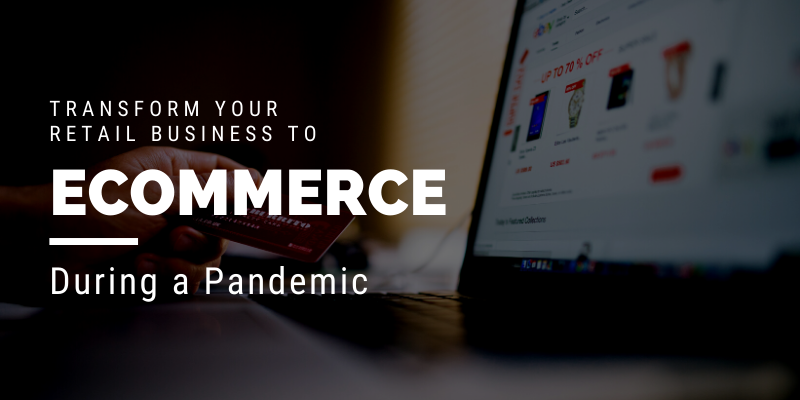
The Covid-19 pandemic has affected the world in many ways. For brick-and-mortar businesses, the economic impact is evident; there will be no customers when shops cannot open.
This is why now is the best time to bring your retail business to the internet, if you haven’t already.
As customers stay home a lot more during this time, they will need to do most, if not all, of their shopping online. To enable your potential customers to buy from you through the internet, you need a website with ecommerce functions.
Investing in an Ecommerce Website
Yes, this would mean you need some capital to create one. But consider your alternatives:
- Wait until the Movement Control Order is lifted and see if customers are willing to step out of the homes as before; or
- Fold your business to do something else
- If you believe in the value you bring through the products you sell, then it’s worth considering to invest in an e-commerce site.
Here’s how to do it.
Step 1: Install ecommerce functions on your website
An online shop has relatively complex functions as opposed to a normal website that only shows information. Because a typical ecommerce website has a cart function, and a way for customers to create an account to save information for future purchases.
Due to such complexities, you will need a web development company like Orangesoft to help you.
Step 2: Connect your website to a payment gateway
This is important, as it does two things: allowing your customers to pay for your products online, and for you to receive your revenue on your bank account.
Step 3: Upload your inventory information
Once your site infrastructure is ready, now for the contents. Each product should have:
- Title
- Photo(s)
- Variants, if any
- Price
- Description
- Available stock
- Shipping fee
The more information your customers can see, the better.
Step 4: Ensure your website is easy to use
It is best not to rely on your customer’s patience. That’s why you must ensure your site is easy to use:
- Mobile-responsive
- Fast loading
- Easy to navigate
- Compatible with their preferred payment options
Step 5: Testing your ecommerce functions
To make sure everything runs smoothly, perform a test by purchasing an item from the website. This is to prevent your potential customers from running into issues.
Fulfilling Orders
Once your website is up and running, your online shop is now open for business. As your customers buy from you, you will receive orders on your site.
To fulfil those orders, you will need to pack your items in parcels, and send them out by post. To keep your customer’s mind at ease, provide them with tracking numbers so that they can see the progress of the delivery.
Marketing your Site
To draw in new customers, you can advertise on platforms like Google and Facebook. If you’re not familiar with this process, a digital marketer can help you here.
Marketing is absolutely essential for your website to have visibility. Unlike brick and mortar shops, websites do not have passers-by or spillover traffic from neighbouring shops.
Conclusion
Selling online will have different challenges and opportunities as compared to selling offline. The good news is that logistics companies are still operating during the pandemic in Malaysia. With an online store, you now have a whole new revenue stream.
Ready for your ecommerce venture to begin? Talk to us, and we can help you get started